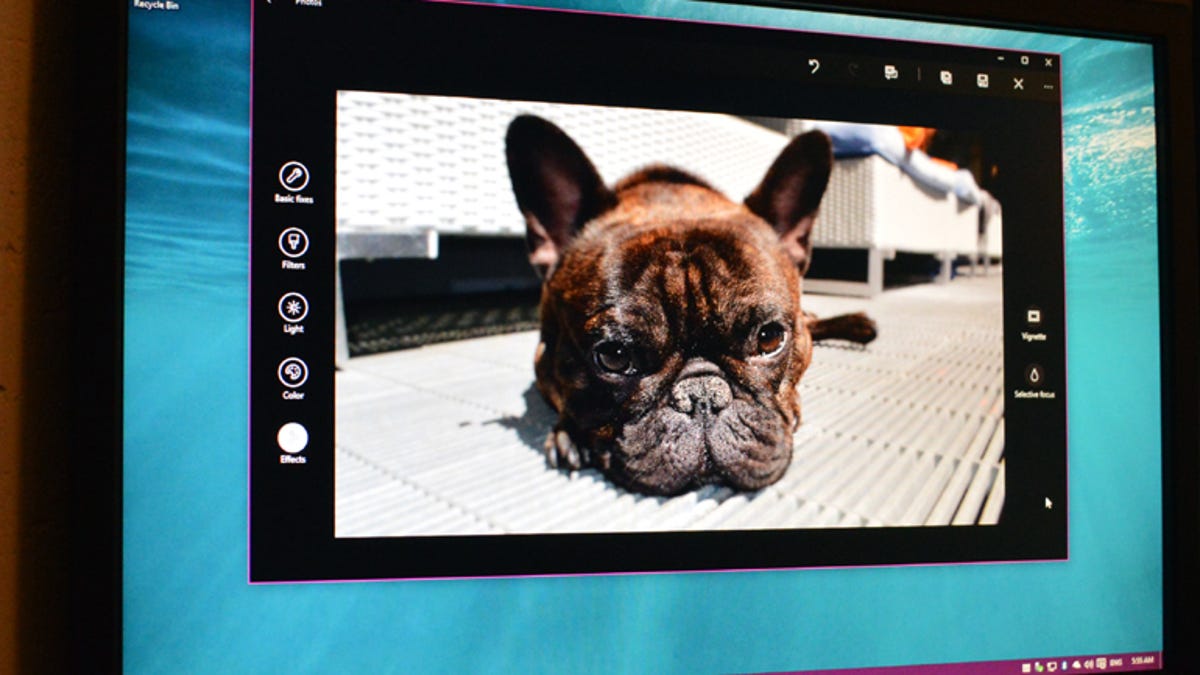5 reasons not to upgrade to Windows 10
You may not want to miss out on a free OS, but Windows 10 just might not be the one for you.

Microsoft's free Windows 10 upgrade offer is ending soon -- July 29, to be exact. If you're currently running Windows 7, 8, or 8.1, you might be feeling the pressure to upgrade for free (while you still can).
Not so fast! While a free upgrade is always tempting, Windows 10 might not be the operating system for you. Here are five reasons you shouldn't upgrade to Windows 10 yet -- even if it is free.
Your system doesn't meet the requirements
The system requirements for Windows 10 aren't crazy, but your PC may not meet them -- especially if you're low on hard drive space. You'll need at least 20GB of open hard drive space to install the 64-bit version of Windows 10 (16GB for the 32-bit version), plus a 1GHz or faster processor, 2GB of RAM (1GB for the 32-bit version), and a DirectX 9-capable video card with WDDM driver. If you're just short of the requirements, check out these ways to quickly make room on your hard drive.
You use older or obscure peripherals
Now that Windows 10 has been out for almost a year, most peripheral-makers have released updated Windows 10-compatible drivers for their devices. Most, but not all. Before you upgrade, I suggest checking to make sure all your peripherals will work -- everything from keyboards and mice to speakers and graphics cards could be affected.
You're concerned about privacy
Windows 10 -- like most operating systems -- has its share of privacy concerns, many of which are valid. By default, the OS is set up to automatically send feedback to Microsoft, allocate part of your device's bandwidth for its P2P update service, and show ads in your Start menu. Most of these invasive behaviors can be turned off (though you'll need to comb through the settings menu), but not all of them can be disabled. It's a fact: Windows 10 gathers more data than its predecessors. It's the price of cool features such as universal device syncing and Cortana.
You don't want to be forced to update
Windows updates are usually a good thing! Most of them bring important security patches and bug fixes to your device. But that doesn't mean you should update your computer the second a new fix is out, because the updates themselves can come with bugs that can mess up your machine. With older versions of Windows, you can choose when to update.
But with Windows 10 you won't have that choice. Windows 10 automatically downloads and installs updates to your computer. There are a few ways to avoid these automatic updates (for example, by tricking your computer into metering any and all Internet connections), but they're a hassle. One silver lining? At least you can schedule when your device restarts after an update.
You love Windows Media Center
Microsoft has revamped a lot of things in Windows 10, replacing many of its legacy desktop programs with universal apps. For example, Windows Photo Viewer is dead, replaced with the new Photos app. But while you can get Windows Photo Viewer back in Windows 10, you can't get Windows Media Center back. Because it's gone, along with DVD playback support. For many, this isn't a huge loss -- many of us stream rather than watch DVDs, after all, and Microsoft has been trying to kill off Media Center since Windows 8. But for some, it could be a deal breaker. If you're a Media Center fan -- or if you desperately love any other legacy features that don't currently exist in Windows 10 -- then Windows 10 may not be for you.

